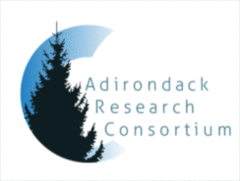Article Title
Abstract
Using data from the New York State Breeding Bird Atlas, I compared the abundance of breeding birds within a proposed wildlife corridor in northern New York State to their abundance outside of the corridor to evaluate the effectiveness of corridor mapping using coarse-scale habitat variables. As a group, the abundance of the 160 bird species in the study area was 22.4% higher inside compared to outside the corridor, five of 14 bird guilds were significantly more abundant inside the corridor ranging from 27% to 77% higher, and the group associated with mature and old-growth forests was 30% more abundant inside the corridor. Greater bird abundance inside the corridor is likely due primarily to 10% greater forest cover inside the corridor, road density (as an indicator of fragrnentation) that is at least three times greater outside the corridor, and human population (as an indicator of land-use intensity) that is at least 10 times higher outside the corridor. More work, is required to undertake similar comparative analyses for other species including mammals, amphibians and reptiles, and vascular plants to farther evaluate the effectiveness of the current corridor design. Protected areas, easements, and more ecologically-based resource management will be required to secure this wildlife corridor. Key words: habitat connectivity, bird atlas data, northern New York.
Recommended Citation
Quinby, Peter
(2006)
"Evaluating Regional Wildlife Corridor Mapping: A Case Study of Breeding Birds in Northern New York State,"
Adirondack Journal of Environmental Studies: Vol. 13:
No.
2, Article 7.
Available at:
https://digitalworks.union.edu/ajes/vol13/iss2/7




